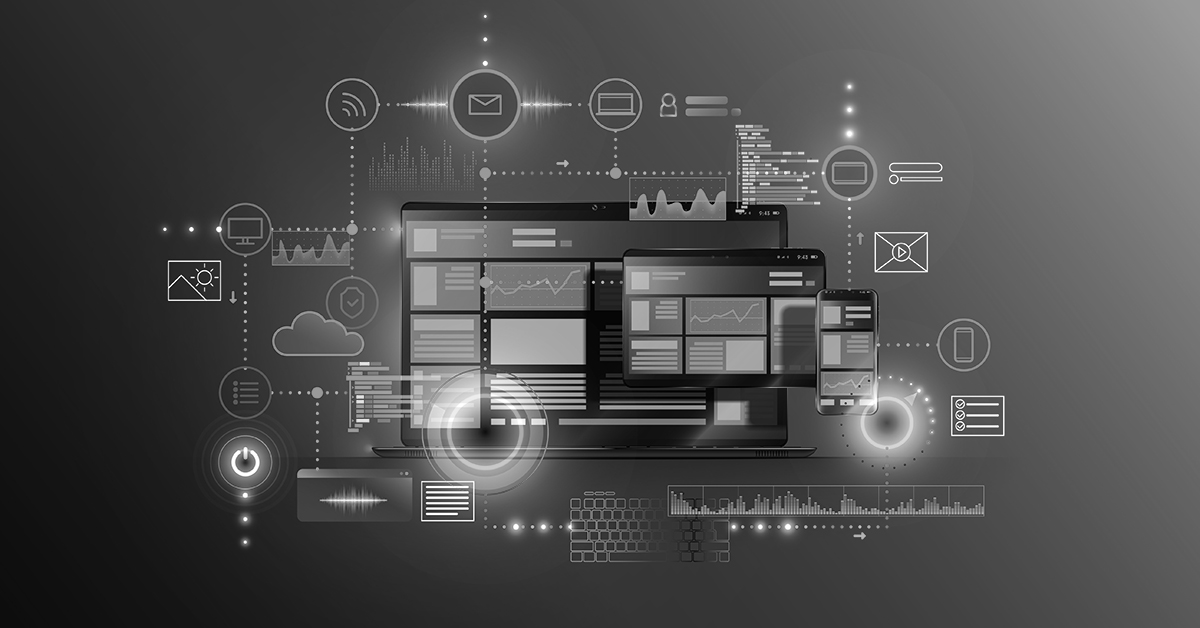
In today’s dynamic IT environments, securing and maintaining the integrity of your systems is critical. Fortra’s Tripwire Enterprise is a robust tool designed to help organizations ensure compliance and security by continuously monitoring the configuration and behavior of their IT assets.
When deploying Tripwire, a common question arises: should you prioritize monitoring applications, operating systems, or both? In order to help you answer this question, I will unpack the distinctions between monitoring applications and operating systems and explain why both are essential to a comprehensive security strategy.
The Difference Between Monitoring Applications and Operating Systems
Applications – refers to the software programs that perform specific tasks for users or other programs. Examples include databases, web servers, Enterprise Resource Planning (ERP) tools, and productivity suites. Monitoring applications focuses on tracking changes in configuration settings, user permissions, software versions, and other application-specific parameters.
Operating Systems (OS) – act as the backbone of your IT infrastructure, providing the necessary platform for applications to run. Common operating systems include Windows, Linux, and macOS. Monitoring operating systems typically involves tracking file system integrity, user accounts, system services, installed packages, and critical security configurations.
Why Monitoring Applications Is Crucial
Applications often contain highly specific configurations that are tailored to organizational needs. These settings determine how applications interact with data, users, and other systems, making them a prime target for cyberattacks and human error. Misconfigurations or unauthorized changes in applications can lead to:
Data Breaches: A minor alteration in a database configuration could expose sensitive data to unauthorized parties.
Change Management: Applications are frequently updated, which can introduce new risks or compliance issues. By monitoring applications, Tripwire Enterprise can track changes to ensure they are authorized and comply with organizational policies.
Downtime: Application failures due to unapproved updates or misconfigurations can disrupt critical business operations.
Compliance Violations: Industries governed by regulations or standards like PCI DSS, HIPAA, or SOX require strict application-level controls and documentation.
By monitoring applications with Tripwire Enterprise, organizations can ensure that application-specific configurations remain consistent and secure.
The Importance of Monitoring Operating Systems
Operating systems are foundational to your IT environment. A vulnerability or misconfiguration at the OS level could compromise every application running on it. Common risks include:
Privilege Escalation: Unchecked OS-level permissions may grant unauthorized users or processes improper access.
System Integrity: The OS controls access to all system resources. Monitoring it helps ensure that the integrity of the system is maintained, preventing unauthorized modifications that could compromise security or system stability.
Malware Persistence: Malicious actors often modify system-level files or processes to ensure their presence remains undetected.
Patch Management Failures: Missing critical updates could leave your systems exposed to known exploits.
Monitoring operating systems with Tripwire Enterprise ensures that your foundational layer remains robust, stable, and secure.
Why You Need Both
Imagine a high-security building: the operating system is similar to the building’s infrastructure (its walls, doors, and locks), while applications are the rooms and the items within them. A compromised lock on the building makes every room vulnerable, but a failure to secure individual rooms can result in localized losses even if the outer shell is intact.
By monitoring both applications and operating systems, you create a layered defense. For example:
- Application monitoring ensures that unauthorized changes and/or users cannot tamper with application files/databases.
- OS monitoring ensures that no unauthorized processes are initiated that might exploit application vulnerabilities.
Together, they provide a holistic approach to ensuring the security and integrity of your environment.
How Tripwire Enterprise Helps
Tripwire Enterprise excels in providing visibility into both application and OS-level changes, leveraging:
- File Integrity Monitoring (FIM): Detects unauthorized changes at the file and directory level.
- Policy Compliance: Ensures adherence to security benchmarks like NERC CIP, CIS, and DISA STIGs for both applications and operating systems.
- Automation: Streamlines monitoring and reporting, enabling your team to focus on addressing identified risks. By integrating application and OS monitoring into a unified strategy, organizations can proactively address vulnerabilities and ensure uninterrupted compliance.
Final Thoughts
Prioritizing one over the other may seem tempting, but in reality, both applications and operating systems are critical to securing your IT environment. Neglecting either introduces unnecessary risk, making your organization vulnerable to breaches, downtime, and compliance failures. Tripwire Enterprise provides the tools necessary to monitor and secure both layers, ensuring a comprehensive defense that adapts to the ever-evolving threat landscape.
